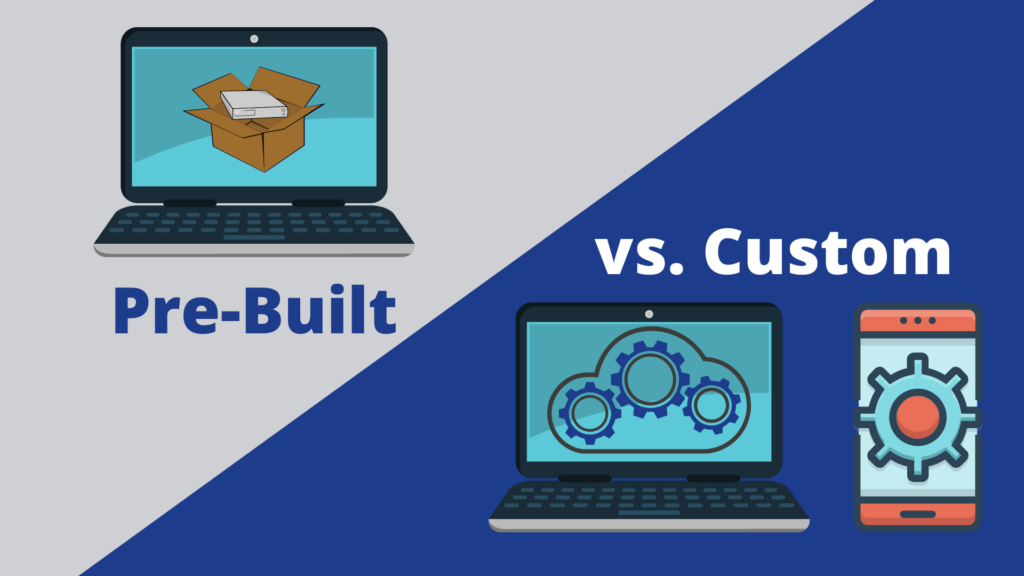If you were to ask any construction leader what’s slowing down their projects, cutting into margins, and frustrating their teams, you’re likely to hear the same issue repeated over and over: “We can’t find the materials we already bought.”
The Biggest Materials Management Issue Companies Face Today
It might sound like a small, fixable problem; possibly something a quick phone call to the warehouse could solve. But in reality, missing materials are one of the most expensive and disruptive issues facing construction companies today. And for many, it’s happening more often than they realize.
When a part goes “missing,” the loss is bigger than the price tag of replacing it. Skilled workers waste hours searching for items instead of building, and work slows or stops while waiting for replacement deliveries. This leads to duplicate orders that drain the budget and cause unnecessary spending. Missed deadlines also frustrate clients and damage their confidence in the project team. Over the course of a year, these issues can add up to tens or even hundreds of thousands of dollars in lost productivity and unnecessary expenses.
Why This Keeps Happening
The nature of construction work makes materials management uniquely challenging. When there are multiple job sites in play, materials are constantly moving between warehouses, laydown yards, trucks, and active builds. Relying on paper manifests, static spreadsheets, or verbal communication leaves you with no single source of truth. Without a central tracking system, it is easy for items to get misplaced or forgotten. Tight project timelines add pressure, leaving little room for delays or errors, and when responsibility for materials is unclear, items can be left sitting unused or stored in the wrong place. Even well-managed construction companies struggle with these challenges because traditional tracking methods were not designed to handle the speed, scale, and complexity of modern projects.
How Construction Leaders Are Solving The Problem
Forward-thinking construction companies are addressing these challenges with real-time materials tracking technology. Inventory management software allows contractors and builders to gain complete visibility into their materials from the moment they are delivered until they are installed. Using tools like barcodes, RFID tags, or QR codes, every item can be tracked through its entire lifecycle. Project teams can see exactly what is in stock and where it is stored across all sites. Unnecessary orders are reduced because inventory levels are always clear, and accountability is built into the process with digital check-in and check-out records for tools, consumables, and parts. Instead of spending hours tracking down a missing shipment or guessing if there is enough stock, crews can find the answer instantly.
The ROI of Visibility
In construction, profitability often depends on keeping projects moving without delays. By solving the number one materials management issue, which is lack of visibility, companies can keep crews productive, eliminate waste, reduce costs, protect schedules, and strengthen client relationships. The return on investment is immediate when crews spend more time building instead of searching for missing items, and when unnecessary reorders are eliminated. Better visibility reduces waste, speeds up timelines, and directly increases profit margins. Knowing where materials are is not just a matter of organization. This is a strategy that safeguards time, budget, and reputation while delivering measurable ROI, making it one of the simplest ways to keep both projects and profits on track.
If material loss and lack of visibility are holding your projects back, Nobious can help. Our real-time inventory and materials management software gives you instant insight into what you have, where it is, and how it is being used so your team can stay on schedule and on budget.
To see the potential impact on your business, try our ROI Calculator, or learn more about how Smart Barcoding can transform the way you track and manage materials.



